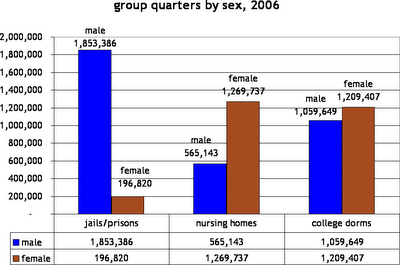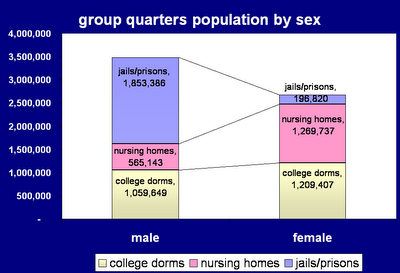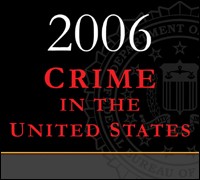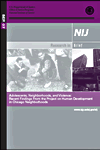via volokh: northwestern law professor lee epstein offers a user-friendly public data source on u.s. supreme court Justices. much can be learned from these data. for example, it was easy to investigate class background and party affiliation of the nominees. i learned that 18 of 56 nominees by democratic presidents were coded as lower or lower-middle class (32 percent), relative to 13 of 73 republican nominees (18 percent).
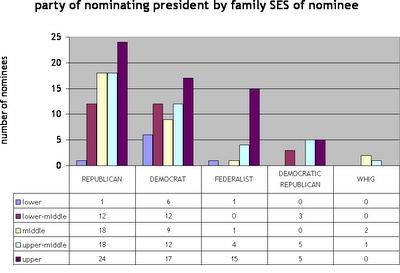
i thought that upper-class nominees might be more successful in the nomination process, but upper class nominees actually had the lowest success rate — only 66 percent, relative to 80 percent for nominees from all other classes. hmmm. i also learned that four nominees were minnesota natives and that one had been born in “asia minor (turkey).” there’s much, much more here for researchers studying the nine.

